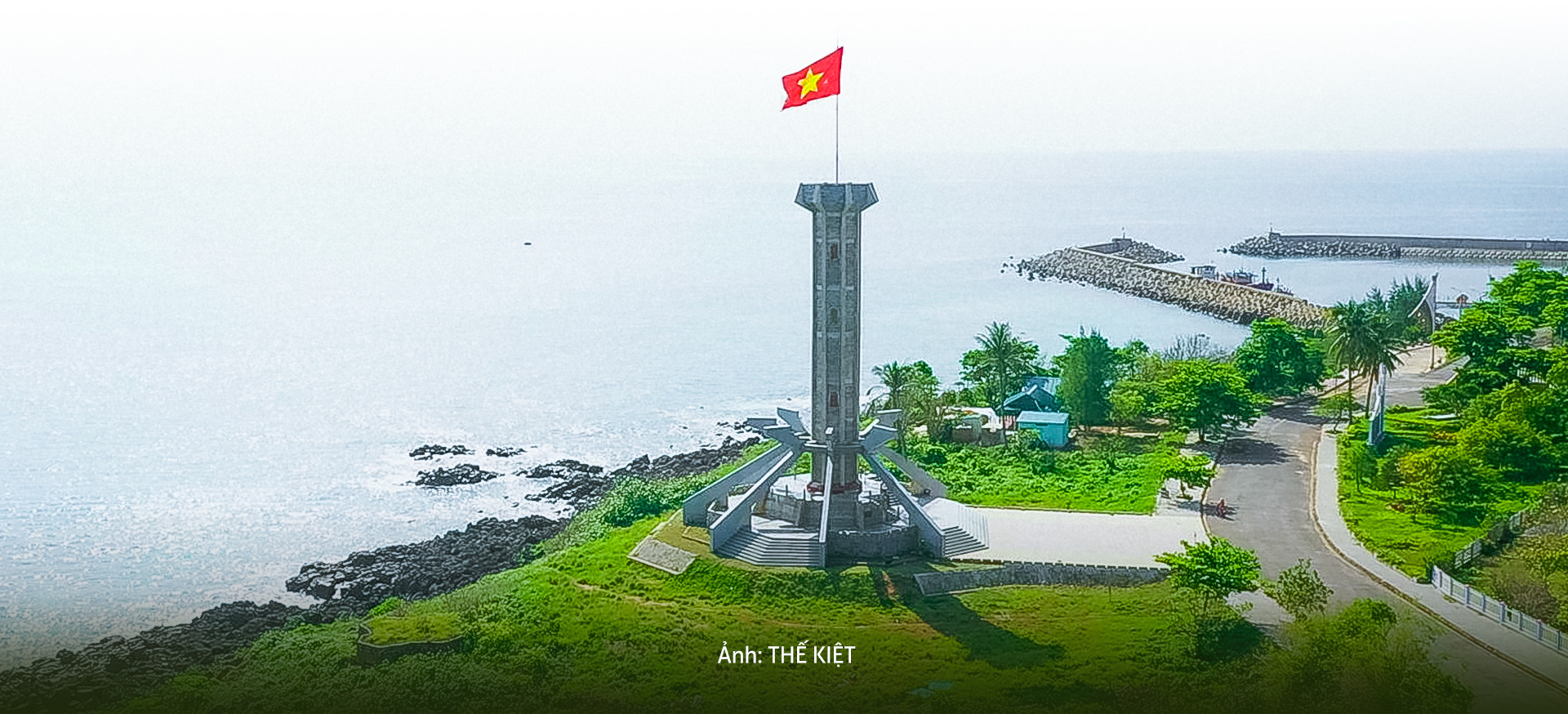Quang Tri is looking to sustainable energy and ecotourism for new opportunities and revitalization
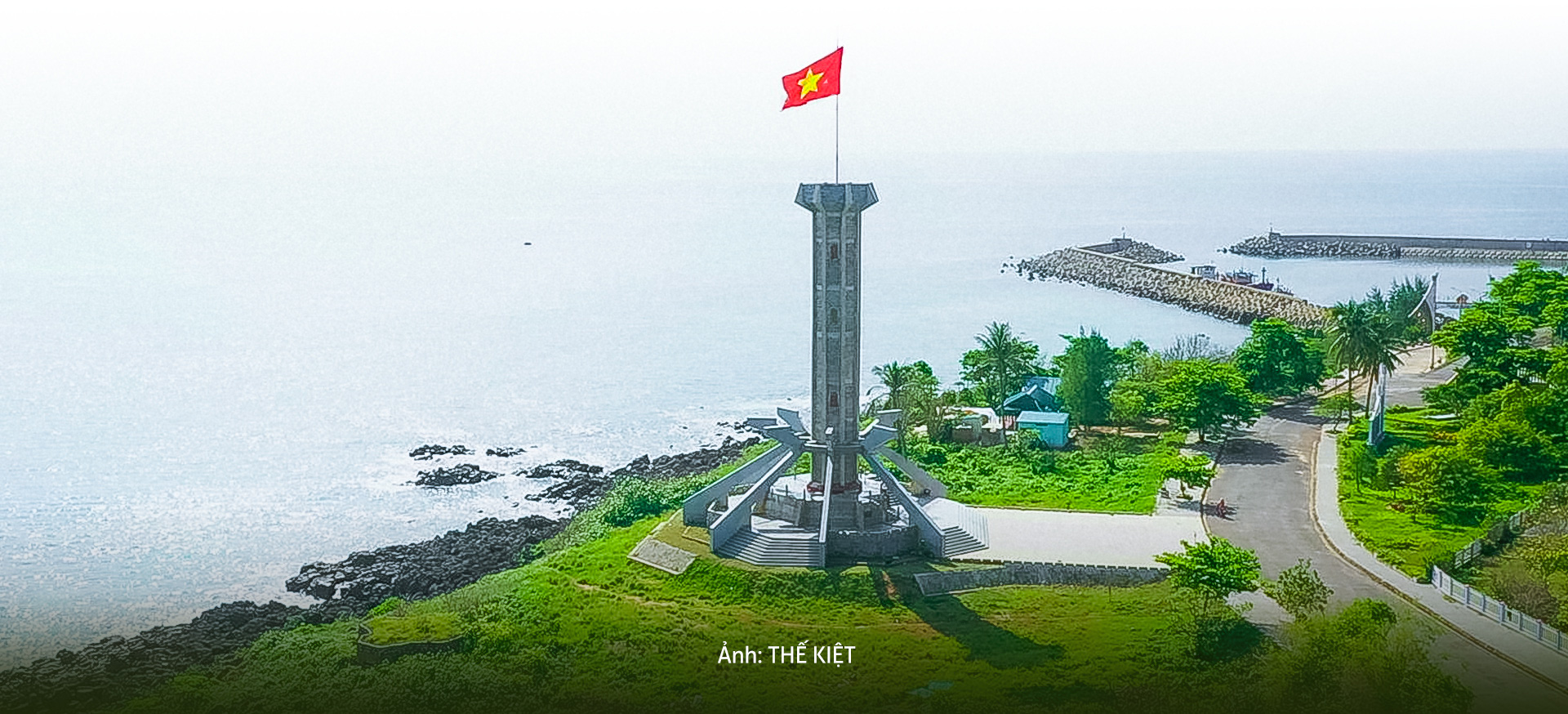
As Quang Tri Province continues its recovery from the American War in Vietnam, it now looks to sustainable energy and ecotourism for new opportunities and revitalization.
An emerging energy hub
In 2021 alone, the province expects to add 15 wind energy projects for connection to the national electric grid.
According to official data, the central province currently provides 377MW of renewable electricity. It now has plans to add 29 wind farms over the next several years, with an approved total capacity providing the country with 1,100MW of energy.
Located in one of Vietnam’s most disaster-prone regions, Quang Tri’s long-term plans in the renewable energy sector could have a potential massive upside.
In addition to the aforementioned projects, the province is also considering adding 52 other wind power projects to its portfolio and has plans to survey eight more.
Should these projects all be realized, the province will be able to generate more than 4,400MW of electricity.
 |
| Workers construct a wind turbine at a farm in Huong Hoa District, Quang Tri Province. Photo: Hoang Tuan / Tuoi Tre |
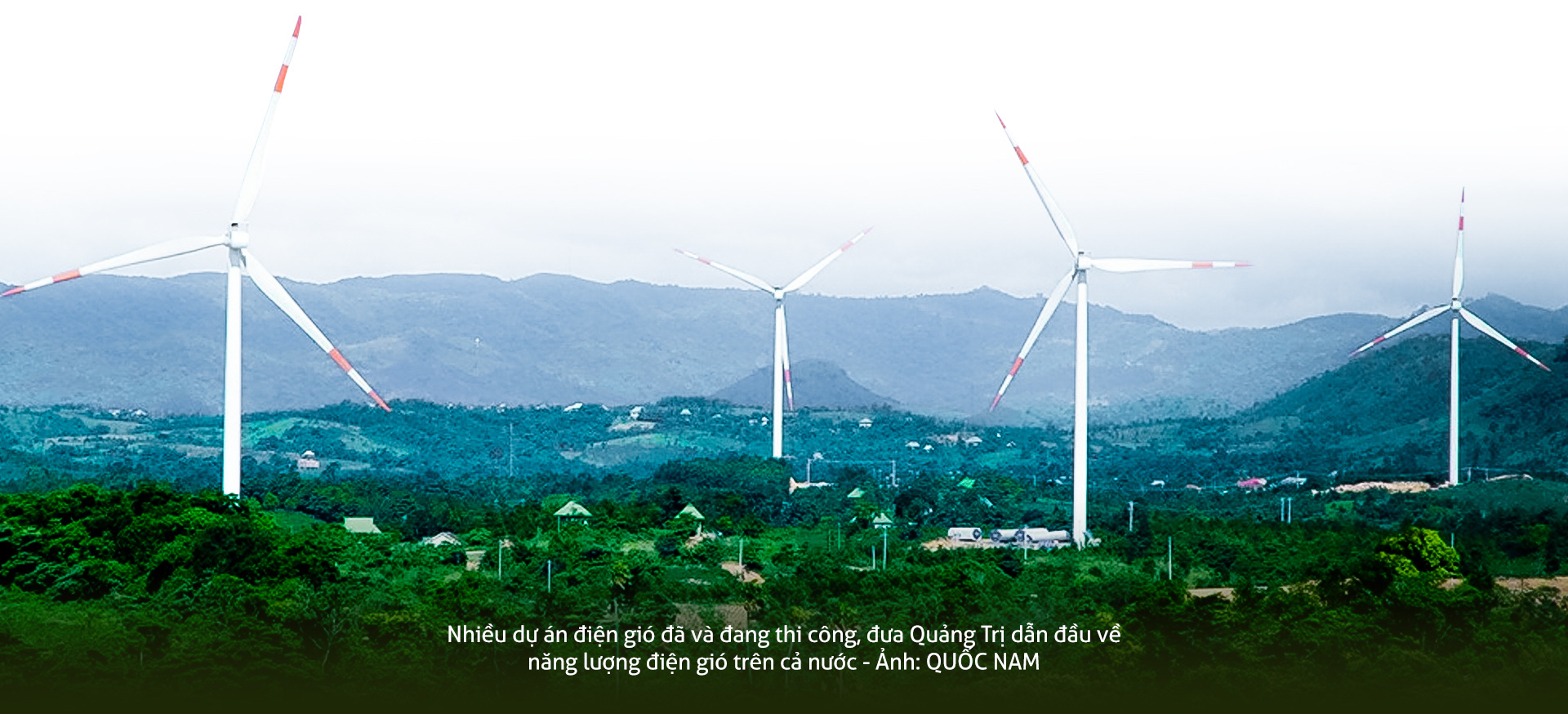 |
| A wind farm in Huong Hoa District, Quang Tri Province from afar. Photo: Quoc Nam / Tuoi Tre |
Vo Van Hung, head of Quang Tri Province People’s Committee, told Tuoi Tre (Youth) newspaper that the locality has identified sustainable energy as one of three main pillars of its economic development plans.
Quang Tri authorities plan to pull out all stops in order to implement wind energy projects in the western highlands and electrification projects in the Southeast Economic Zone as these two types of power impose few threats to the environment.
“Several years ago, we had an orientation to develop coal-fired energy. EGATI, an investor from Thailand, negotiated and carried out investment procedures for Quang Tri 1 thermal power plant.
“The project was also included in the national electricity development master plan. Things are different now. We’re prioritizing environment and more aware of the long-term impacts of coal-fired plants in terms of incidents and dust pollution,” he said.
Quang Tri 1 thermal power plant is currently behind schedule. If the investor continues postponing the project and failing to commit to the European environmental standards, local authorities will cancel the initiative and switch to electrification.
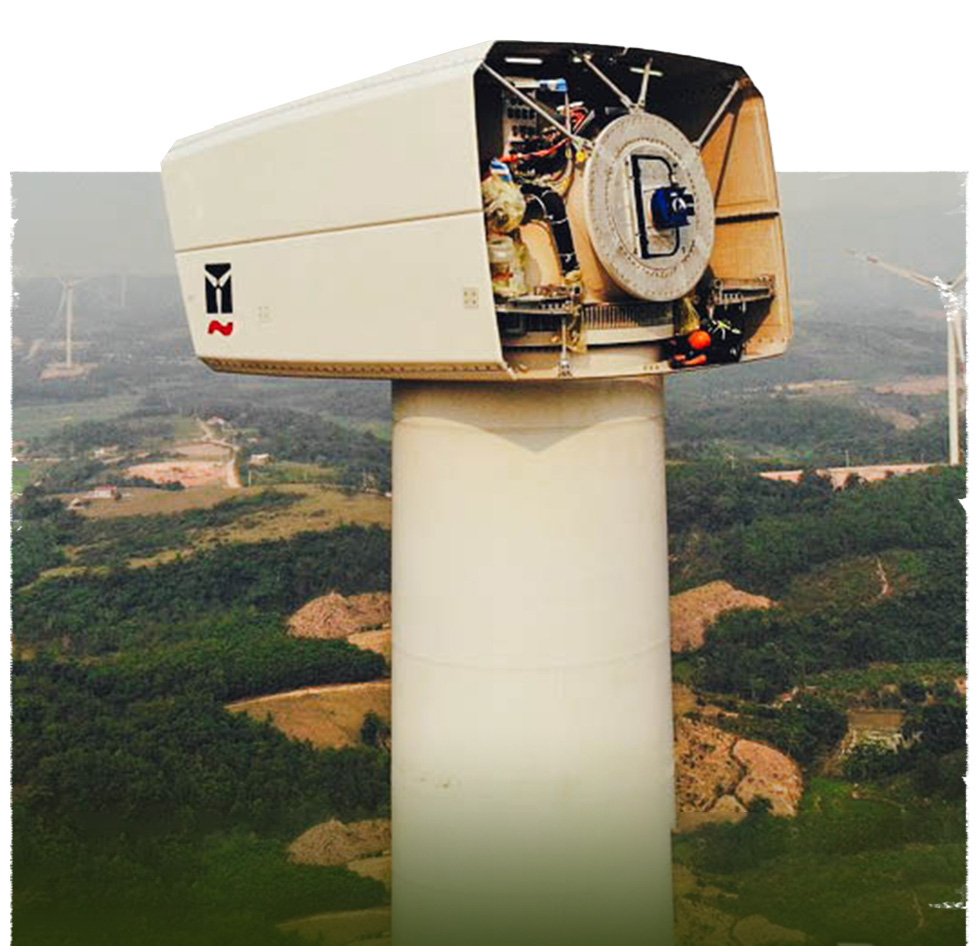 |
| A wind turbine under construction in Quang Tri Province. The locality expects wind farms to provide sustainable energy solutions for its growing economy. Photo: Hoang Tuan / Tuoi Tre |
Regional gateway
Quang Tri Province is Vietnam’s gateway to the East-West Economic Corridor, or EWEC, – a regional initiative that connects the country with four Laos, Cambodia, Thailand and Myanmar.
Some 500 to 700 containers cross Quang Tri Province’s Lao Bao Border Gate each day en route to harbours in Da Nang City and Thua Thien-Hue Province, creating a missed opportunity for Quang Tri’s port.
This creates a significant loss to the local public budget and has been the catalyst for an outcry for a proper solution.
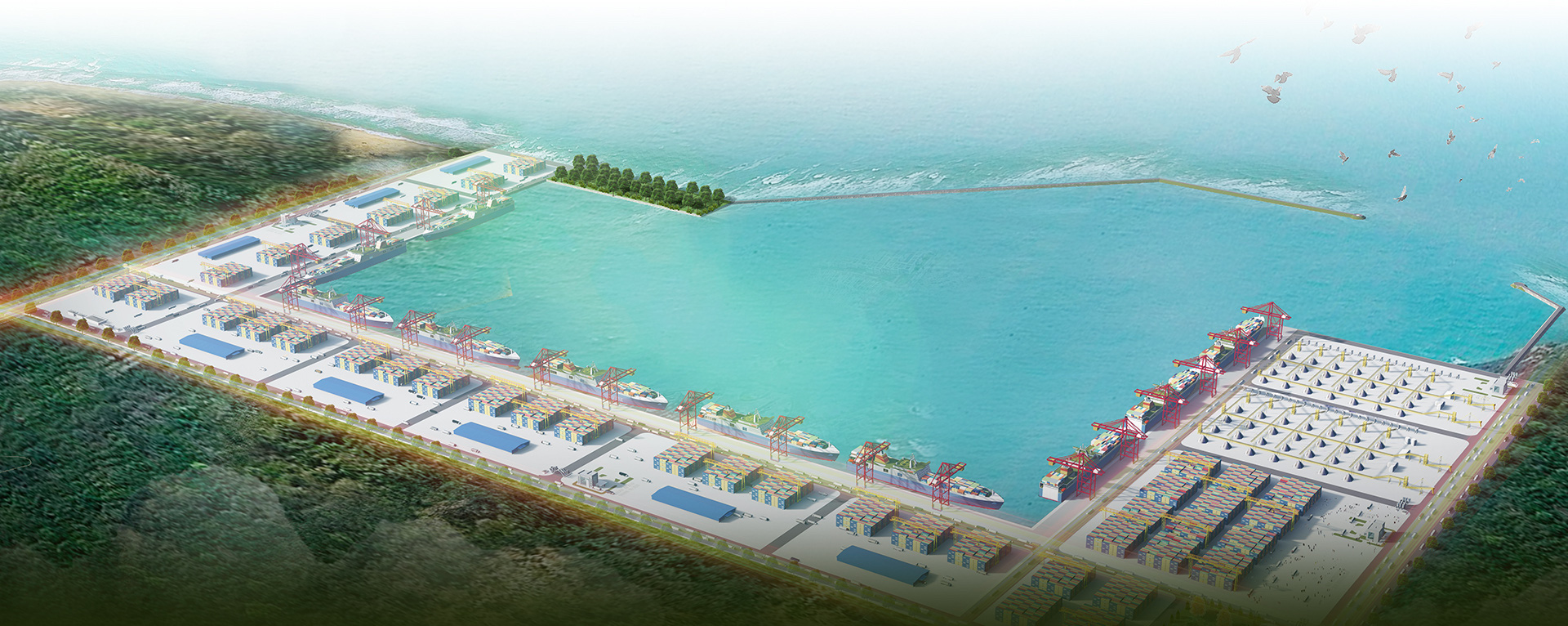 |
| A model of My Thuy Harbor provided by Quang Tri Province People’s Committee. The harbor is expected to be a gateway to Pacific Ocean for goods transported on the East-West Economic Corridor. Photo courtesy of Quang Tri Province Economic Zone Management Board |
My Thuy Harbor, Cua Viet Harbor, and Quang Tri Airport have potential to bridge the gap once they connect with national and regional routes, according to Hung.
The provincial leader stressed that investment in My Thuy Harbor will help the port ensure a 100,000-ton capacity.
“Corporations tell us they don’t want to drive 150 to 200 kilometers in order to reach Da Nang City just to ship containers. It’s important that we invest in our own shipping ports to bolster regional connections. This will draw more investors and travel agents to the locality,” he said.
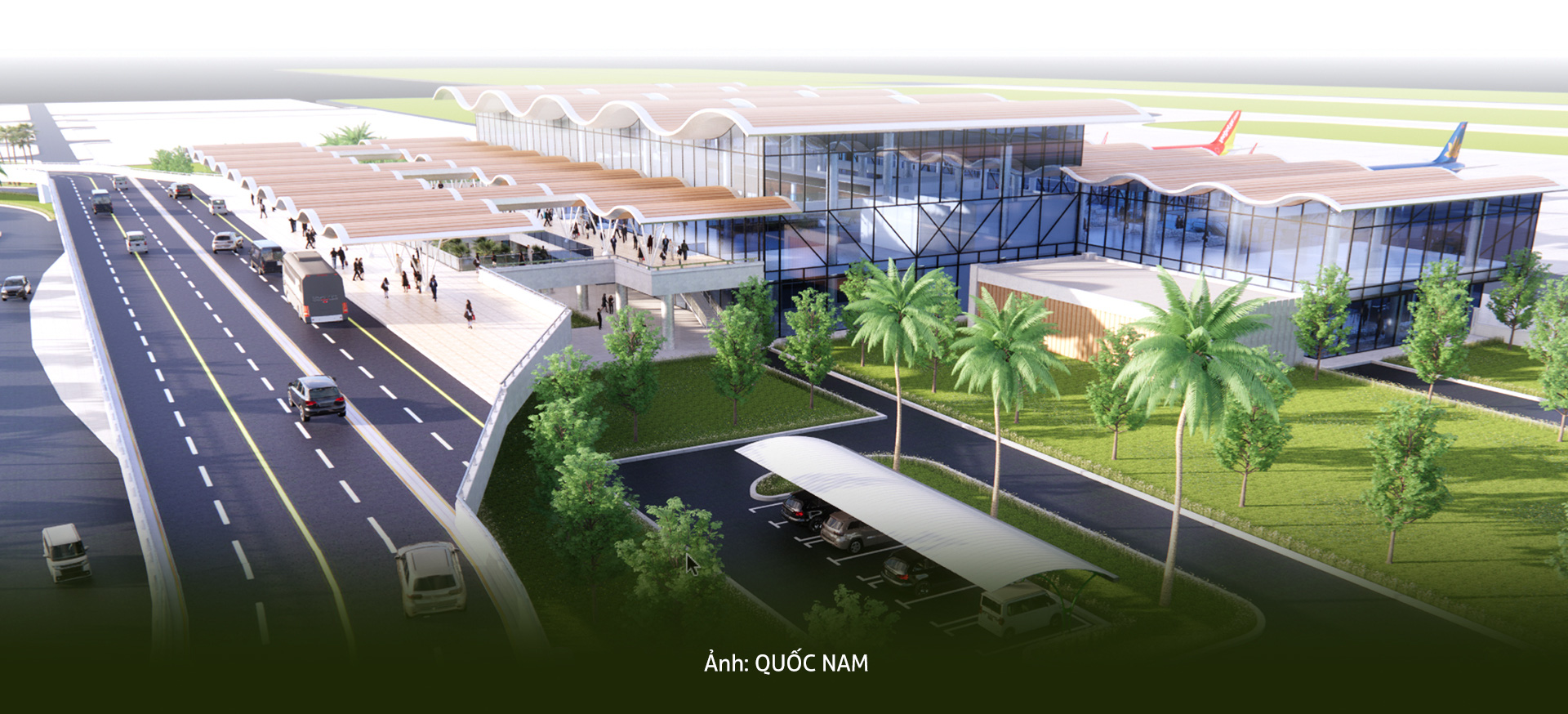 |
| Design options for Quang Tri Airport provided by local authorities. Photo: Quoc Nam / Tuoi Tre |
Quang Tri Airport, with its tentative capacity of one million passengers per year, is included in the Prime Minister’s 2020-30 aviation transport development master plan.
“We have witnessed a growing number of tourists and investors in Quang Tri Province. Moreover, a hybrid airport which serves both civic and military demands will contribute greatly to security and rescue operations,” said Hung.
A pre-feasibility study report on developing the airport through public-private partnership is underway as the local authorities expect to have investors complete all necessary procedures and start work on the project within this year.
“We prefer investors who are capable of limiting their environmental impact, creating jobs, and producing goods with high added values,” said Hung.
“They will help to build up momentum for the province’s economic growth. Some of them have reached out to us. There is even a US$86.9-million tourism project which has already started site clearance.”
Tourism potential
Cua Viet, Cua Tung and My Thuy are hidden gems in Quang Tri Province just waiting to be discovered by the world, according to Hung.
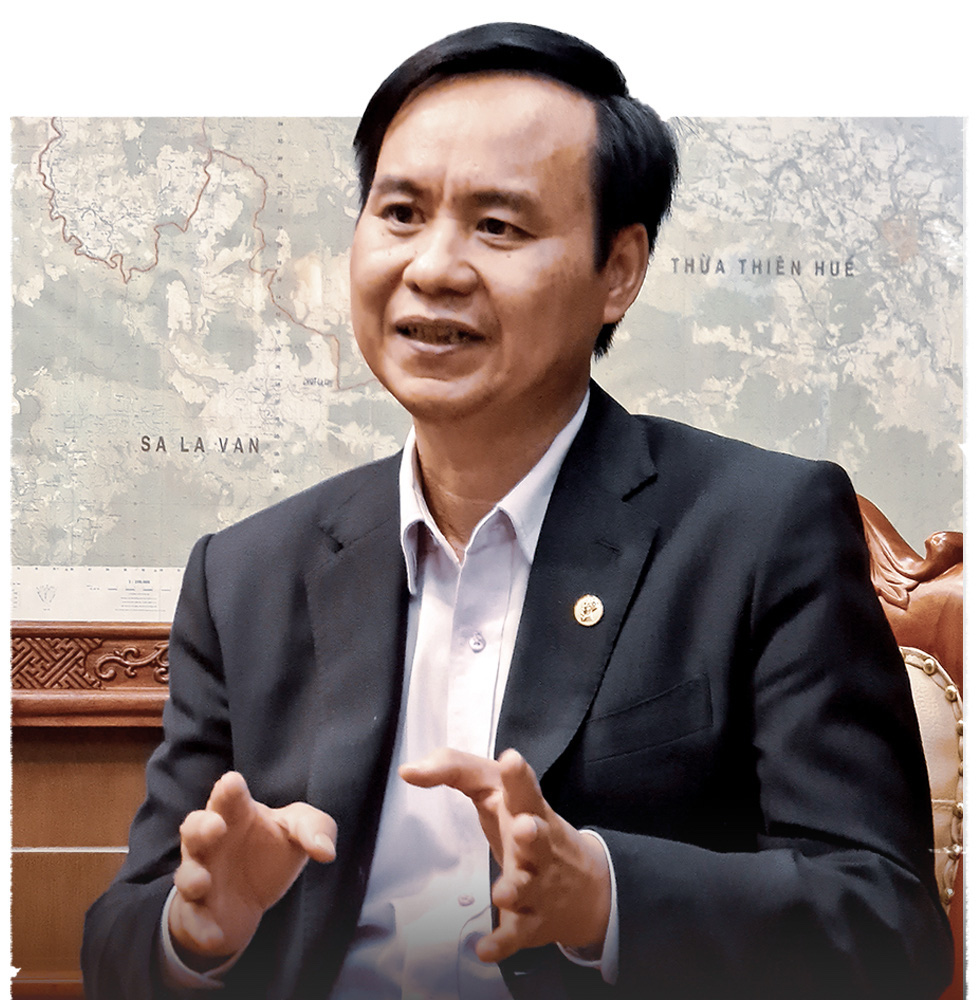 |
| Vo Van Hung, head of Quang Tri Province’s People Committee. Photo: Ngoc Hien / Tuoi Tre |
Some 17 nautical miles from the mainland is Con Co Island – an emerging tourism spot. At a conference in May, Nguyen Anh Tuan, head of the Institute for Vietnam Tourism Development Research, emphasized that Con Co Island could be a new highlight and motivation for the province’s travelling sector if effective and appropriate policies are applied.
He said a high-end resort would help the island to boost its popularity and transform into a renowned tourism paradise.
 |
| Tourists dive and view coral ranges in Con Co Island. Photo: The Kiet / Tuoi Tre |
Majestic mountains in the province’s western side also offer fantastic ecotourism opportunities.
A new stalactite-covered system of caves was recently discovered in Huong Hoa District, with many comparing the systems to Quang Binh Province’s famous caves, according to experts.
Provincial authorities have sent groups of policymakers and scientists to visit the cave and create solutions to unlock the area’s tourism potential.
“We will call for participation from the private sector to build and offering travelling packages as well as developing community-based and eco-friendly tourism,” said Hung.


